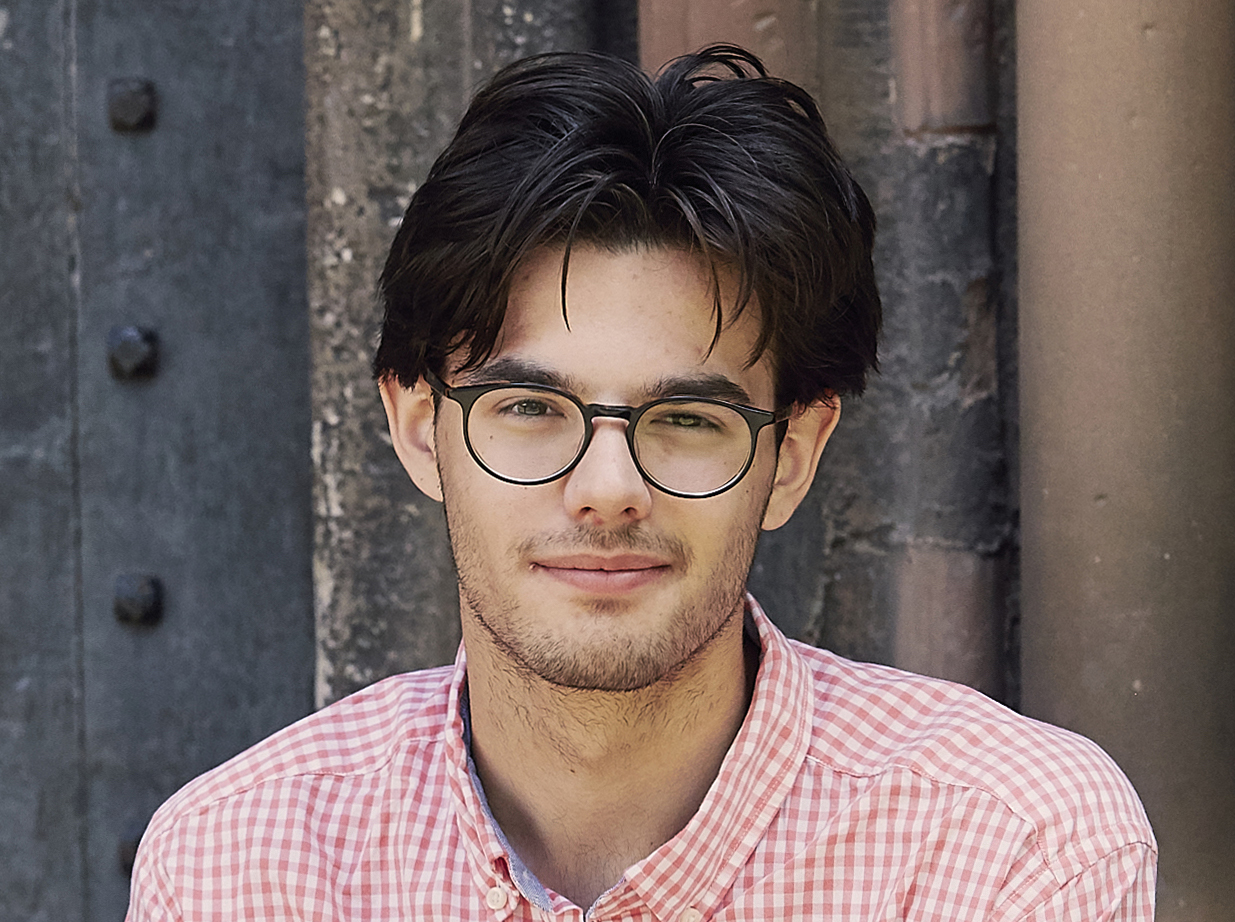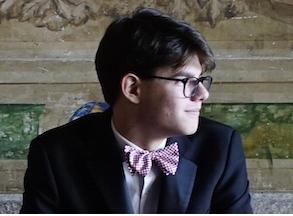Barry Alexander and Cosmo Buono, in association with Alexander & Buono International
Thomas Nickell, piano
SubCulture, New York, NY
November 15, 2018
Acclaimed twenty-year old pianist/composer Thomas Nickell programmed an intriguing recital at SubCulture on Thursday night. An ill-timed winter storm didn’t deter his ardent followers. I had high hopes for the theme “Impromptus and Meditations,” some of which were fulfilled quite nicely; elsewhere I shall try to explain my impressions.
Mr. Nickell began with early Scriabin (Five Preludes, Op. 16), the composer still in his “Chopin” phase, but already one displaying the increased fluidity, stretchiness, and longing for mystical union that will be taken to extremes in his later works. Mr. Nickell was perfectly aligned with the material, his delicacy was most welcome, and the subtle poetry of each miniature was allowed to speak for itself.
After this, the Four Impromptus of Schubert ,commonly known as “Op. 90,” actually (Deutsch) 899, were played. Although I expect some impetuousness from a twenty-year-old, I really felt that the combination of songfulness and spiritual gravitas encased in each one was somewhat lacking. I definitely heard Mr. Nickell’s intense commitment to the music, but a deeper degree of profundity makes for a truly memorable rendition. Another factor in my opinion was that they weren’t entirely reliable technically. Liberties were taken with phrasing, articulation, and ritards (e.g.: measure 85 in the second Impromptu is marked legato in the right hand, yet he chopped each note). I must part company with Mr. Nickell, who says you can hear how “improvisatory” they are, from the title on down. He has fallen for an old misconception: Ever since Schubert, if we examine the great Impromptu composers (Chopin, Fauré to name but two), we see easily that these are some of the most tightly controlled works, leaving nothing to chance. I sincerely hope Mr. Nickell will continue to explore these works, leading him into a “listening stillness” so that his performance of these touchstones will grow.
Turning now to Messiaen, a piano transcription by Mr. Nickell of one of his works, Oraison (Prayer), for the electronic instrument known as the Ondes Martenot, was, for me, another surprising success of this evening. I worried that the sustaining powers of the original instrument would not happen at the piano (Messiaen later reworked this piece a few years later as the cello/piano Louange à l’éternité de Jésus in his Quatuor pour la fin du temps). Mr. Nickell used his composer’s perspective to delve deeply into the material and really do it justice. Well done!
He then treated us to two of his own Impromptus, which showed off his many strengths with a lot of flash, some bluster, but intricate textures and definitely worthwhile. I’ll bet they would be hell for any other pianist to learn.
The concert closed with Liszt’s Vallée d’Obermann, extracted from Années de pèlerinage, I: Suisse. The hero of Sénancourt’s archetypal Romantic novel is disillusioned with life and questions himself: “Que veux-je? Que suis-je?” (What do I want? Who am I?) The three syllables of each phrase are turned by Liszt into the unifying motive of the piece, three descending tones, a minor third that is later transfigured into a major third. Everyone traveling through the Alps in the early nineteenth century had such responses of ineffable wonder, each in his/her own way. Recall how difficult such travel must have been, with balky horses, coaches with rough wheels, rutted paths or none at all, and severe weather that could spring out of nowhere. In Liszt’s more extrovert sections you really can “hear the weather.” But as with all good program music, as Liszt himself said, he sought to portray interior states of mind, rather than depict actual scenes. Here, Mr. Nickell’s penchant for exaggeration did get the best of him, causing this listener to lose the metaphysical aspect of the piece amid the rambunctious sections. The work needs to progress from spiritual dejection to triumph without sounding hectic. Again, his technique needs to be honed, though I am forgiving when I hear momentary lapses in the pursuit of something greater. Mr. Nickell obviously identifies with the material greatly, and portions of it were quite thoughtful; it just needs some time to mature, to integrate all the aspects of this epic into one organic whole.
Don’t get me wrong: this is a big, big talent. I so admire his intellectual curiosity and his innovative programming.



